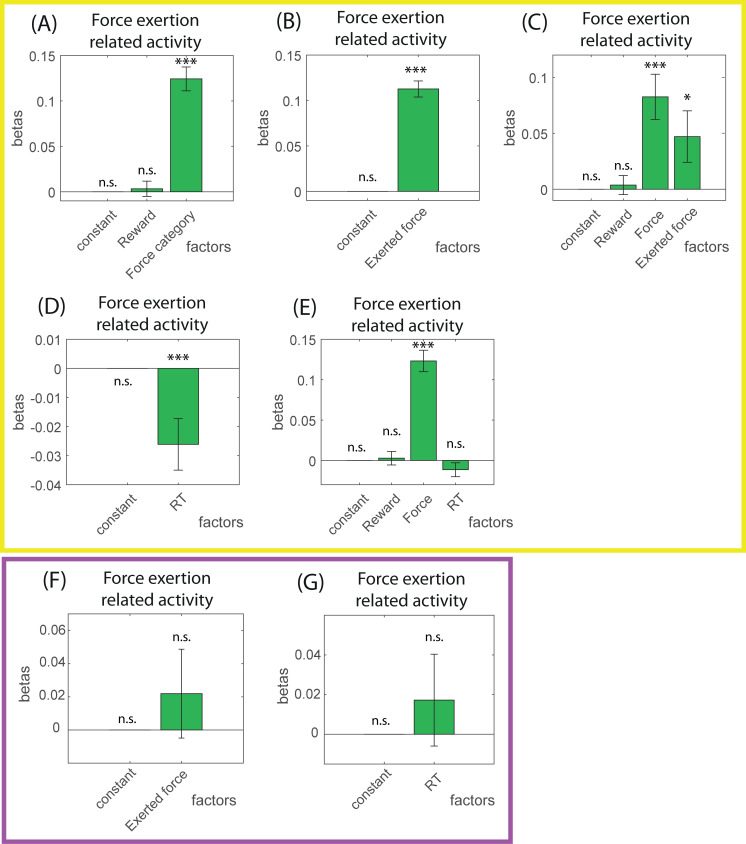Fig 5. Force-exertion-related activity in the force discounting and target detection tasks.
(A–E) Summary (mean and SEM) of the coefficients of the neuron-by-neuron GLMs for spike count during action (force exertion) with (A) task parameters (force category and reward) or (B) the maximum exerted force on the grip alone, (C) task parameters and the maximum exerted force, (D) RT alone, or (E) RT, reward and force category as parameters, in the force discounting task. (A) During the force exertion, LC neurons encoded the force category positively if the exerted force was not included in the model, and (B) they encoded the exerted force positively if task parameters were not included in the model. (C) In the model including task parameters and the maximum force exerted, there was a positive effect of both the exerted force and force category. (D) During the force exertion, there was a positive effect of RT on spike count if RT was alone in the model, but (E) this effect disappeared if task parameters were included in the model. (F, G) Summary (mean and SEM) of the coefficients of the neuron-by-neuron GLMs for spike count during action (force exertion) with (F) the maximum exerted force on the grip alone, or (G) RT alone, as parameters, in the target detection task. (F) During force exertion, there was no effect of the maximum exerted force (G) or of RT in the target detection task. *: p < 0.05; ***: p < 0.001; n.s., nonsignificant. Underlying data in 10.17605/OSF.IO/PYVSA. F, force; GLM, generalized linear model; R, reward; RT, response time; SEM, standard error of the mean.

